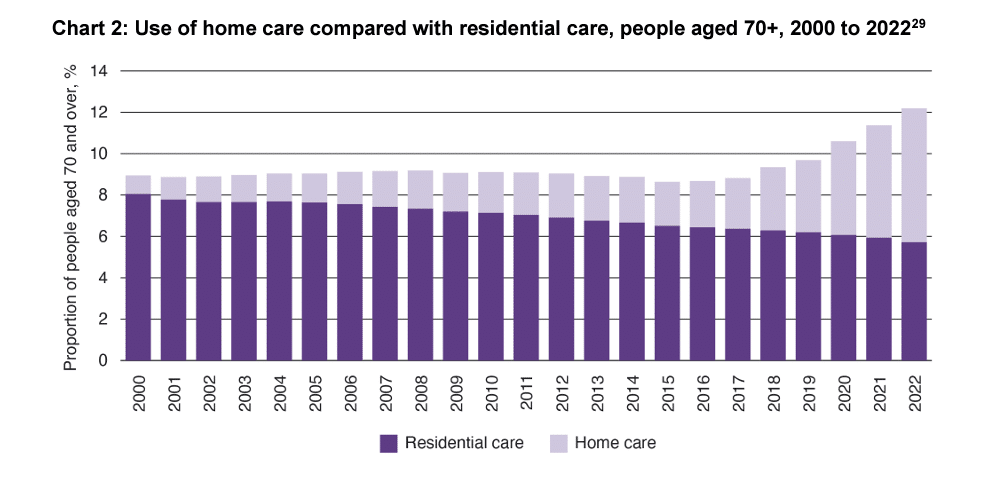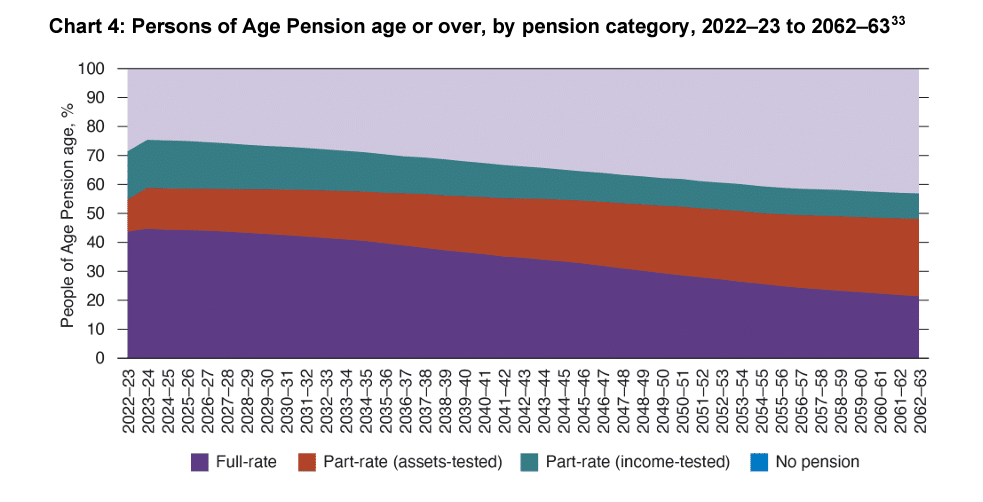We are concerned that the rush to analyse and digest the recommendations quickly has led to an overemphasis on the operational/ financial impact. By its nature, this is a short-term focus and brings with it the risk of waiting for Government to solve the problem rather than causing providers to focus on the strategic signals, both implicit and explicit in the recommendations.
While more money in the system means better short-term financial outcomes for providers, the long-term impact of this improved financial outcome on sustainability rests on the strength of the underlying strategy of each provider.
We have collated a list of ten strategic themes we consider significant. These are contained in the following table, together with our high-level view of the implications of these themes.

If you subscribe to the view that business models follow from strategy, we suggest the appropriate response to the Taskforce’s recommendations is:

Assess the impact of the above themes within the recommendations on:
- your future in the sector – Stay, Grow or Go
- your strategic approach – Passenger, Dreamer or Driver

If you decide to Stay or Grow, understand the implications of the recommendations on your business model.
With this context, we see five strategic questions that providers need to consider and form a view on:
1. Choose to be a specialist or a generalist provider – What combination of residential care, home care or retirement living will your organisation focus on.
2. Define your ideal customer profile and develop a market position (price, innovation, quality or reliability) and service offering that complements that profile (e.g. care needs, socioeconomic status, quality of life).
3. Understand financial sustainability for your organisation – return on assets and operating performance required to be there in the long run.
4. Articulate a compelling employee proposition –how will you win the hearts and minds of the people you need to deliver on your mission.
5. Create clarity and focus – clearly articulate your focus initiatives and the areas you will not engage in.
Other Observations
We also consider the following tables and list of twelve non-strategic themes as helpful to providers considering how to respond to the Taskforce recommendations.

Chart 2 in the Taskforce report shows that the last 22 years have seen the percentage of service recipients increase from 9% to 12%. And a shift in the relative use of home care and residential care In 2020, circa 89% of recipients were in residential care. This percentage declined to just under 50% by 2022. If this service rebalance is complete, we can expect growth in both sectors going forward and the residential sector specifically.

Chart 4 in the Taskforce report shows that the socio-economic mix of residents is forecast to continue to change – less supported residents and more self-funded residents, this is the impact of superannuation.
More of your future customers will have the capacity to and be compelled to pay more for your services.


